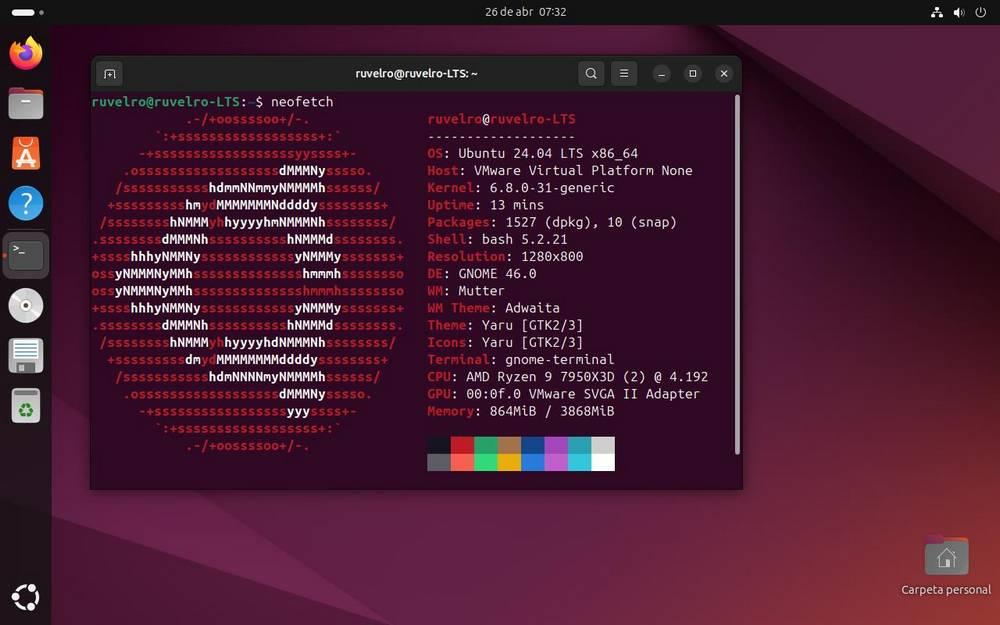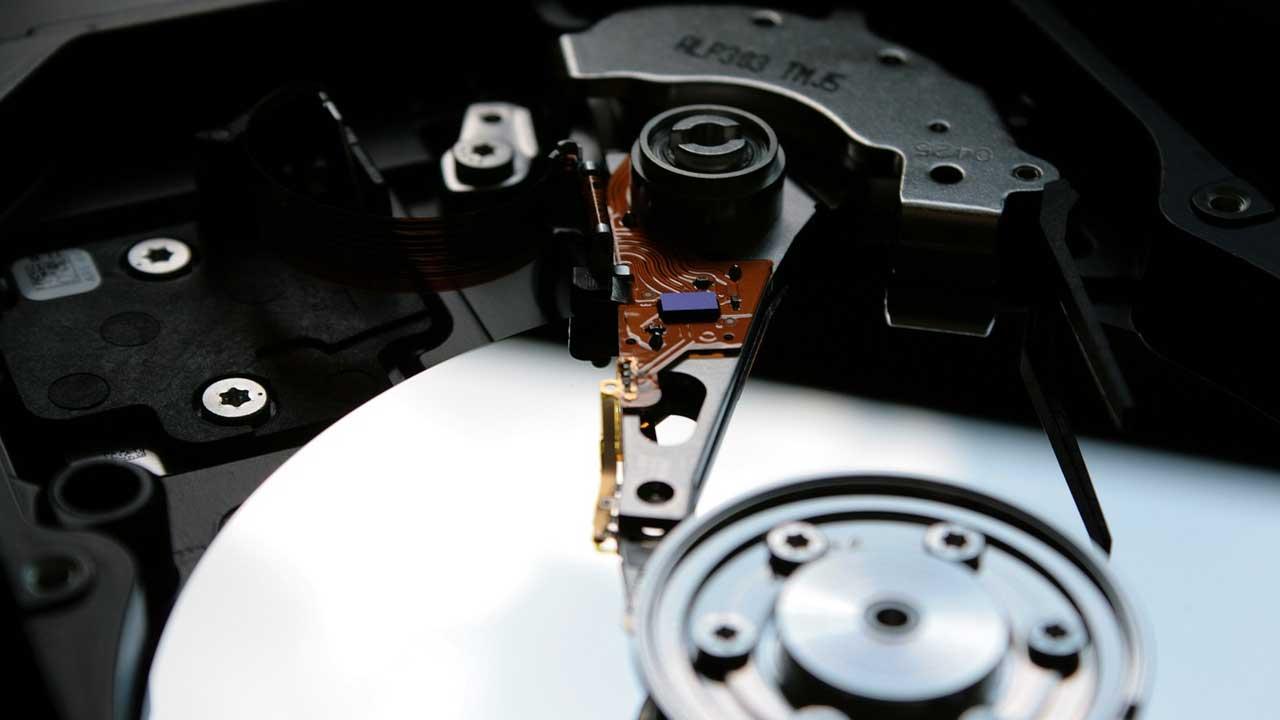We must always have our operating system up to date. Thanks to this we can have the latest security measures, and the latest features, to ensure that our computer works correctly. In the case of Windows, Microsoft launched Windows 11 a few years ago, which is updated to version 24H2. Apple, with its operating system, is simpler, having recently released macOS 15. But what about Linux? What should we take into account to be up to date?
Linux has earned the reputation of “complex” for good reason. And, for users who do not have any experience in this system, it can be difficult for them to know how the version system of this OS works. For example, a quick search on the Internet returns that Linux is at version 6, while there is also a system called “Ubuntu”, which is at version 24.10, or another system, Mint, at version 22. So, what? what is the latest version of Linux?
Linux kernel, the most important thing
The first thing we must do is differentiate Kernel from distribution. Linux, as an operating system, is the core, or Kernel, that we have heard so much about. This is the most important point when looking for the most recent version of the operating system, since it is where all the necessary components are located for the operating system to work: from the basic processes to the drivers.

The Linux Kernel, currently, is at version 6.11.3. This means that it is at version 6, that this version has received 11 sub-updates, and that this eleventh sub-version has received 3 revisions with minor corrections. This latest version reached users on October 10, 2024. And, this same weekend, Release Candidate 3 of Linux 6.12 was also released, the beta version that will soon reach all users.
If you have Linux installed, and you want to know the Kernel version, you can find it by executing the following command:
uname -r
But Linux, as such, is not an operating system that we can install and use. And this is where distributions come into play.
Distributions, the “operating system”
A Linux distribution is what we know as an “operating system.” What distros do is take the Kernel and configure it along with other sets of tools, applications and libraries so that it can be installed and work on a computer. These distros place, along with the Kernel, key elements such as package managers, process controllers, a desktop, applications and additional software, etc.

There are hundreds of Linux distributions throughout the network, each with characteristics and peculiarities that allow users to choose the one that best suits their needs. And of course, these distros also have versions.
For example, Ubuntu, one of the main distros on the entire network, is in version 24.10, released this month. But Linux Mint, another of the best known, is at version 22. Manjaro, an excellent distro for somewhat advanced users, is at version 24.1. And we have two other version extremes, such as Fedora, which is at version 40, or Debian, which is at version 12.7.
Generally, when we install a new version of Linux distributions (for example, when moving from Ubuntu 24.04 to 24.10), they usually come with new versions of the Kernel. Although we can also force its update, when there are new versions, to be able to receive the improvements of these updates. But, when we have a distro installed, the most normal thing is that it does not change the version or subversion of the kernel, but rather receives the revisions (for example, from 6.11.2 to 6.11.3).












